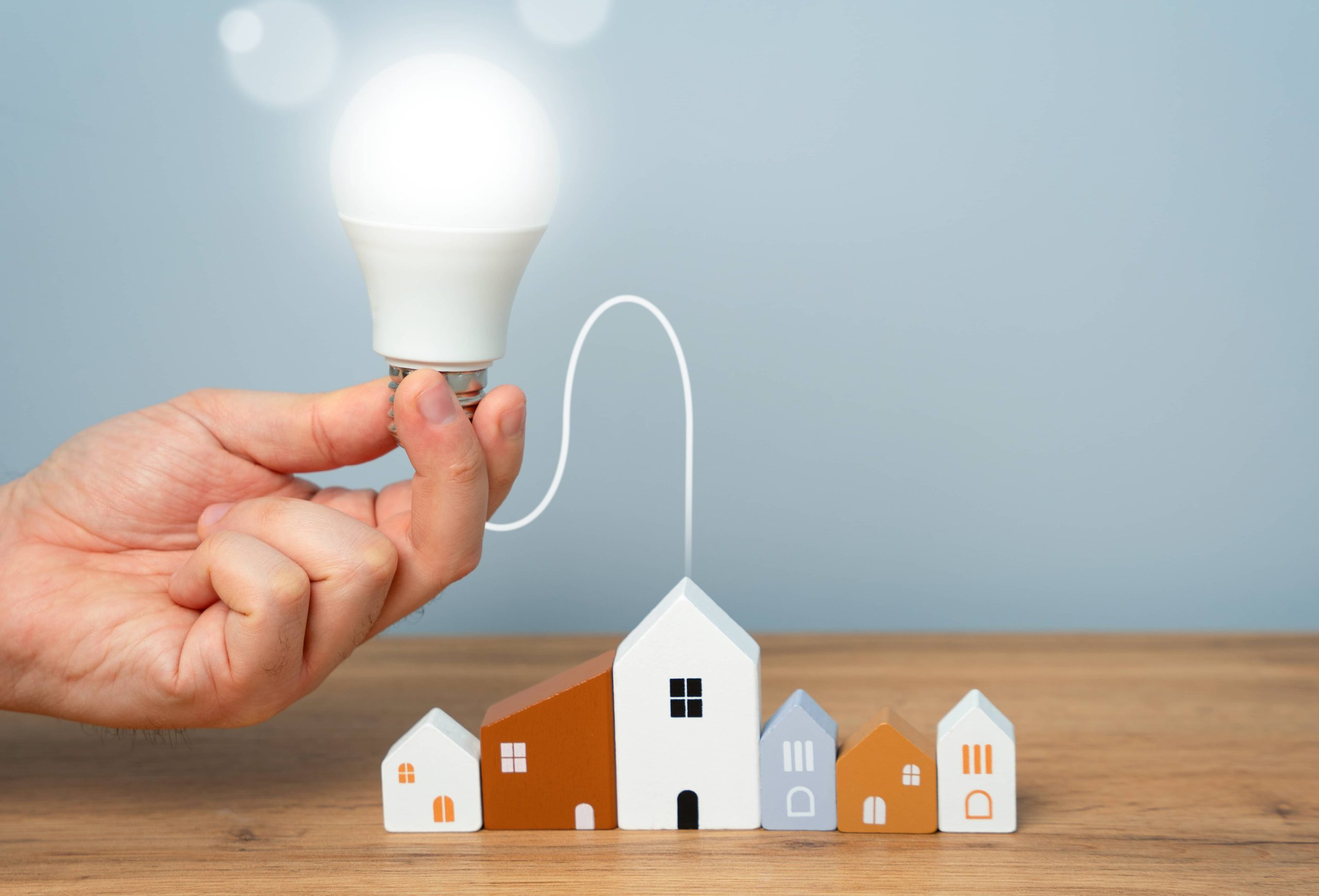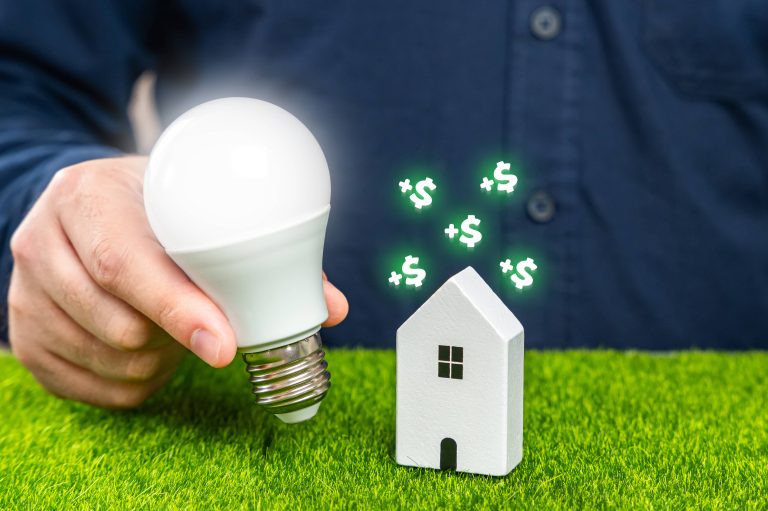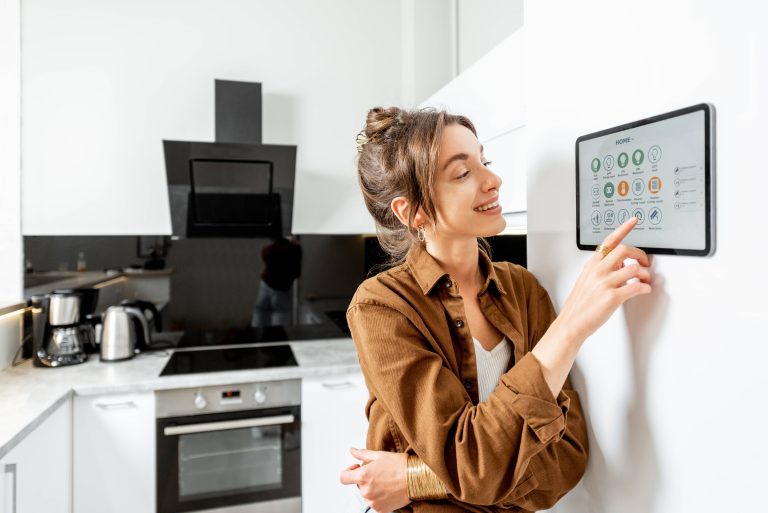
Setting Up an Energy-Efficient Smart Kitchen
Creating a modern kitchen goes beyond aesthetic upgrades and convenience; today’s tech-savvy homeowners are increasingly concerned with sustainability and energy efficiency. With advances in smart home technology, it’s easier than ever to turn your kitchen into an energy-efficient powerhouse while maintaining functionality and style. Here’s how to set up an energy-efficient smart kitchen that conserves resources, saves money, and contributes to a sustainable lifestyle.
1. Start with Smart Appliances
The foundation of an energy-efficient kitchen lies in the appliances. Opt for smart appliances that are ENERGY STAR certified and come equipped with eco-friendly features.
– Refrigerators: Smart refrigerators often have sensors that monitor internal conditions and adjust settings to optimize energy use. For example, they can change their cooling patterns based on how frequently doors are opened. Some also have cameras inside for real-time visibility of what you need, reducing unnecessary door opening.
– Ovens and Stoves: Induction cooktops are highly efficient as they use electromagnetic energy to directly heat pots and pans, rather than the surface itself. Smart ovens can be preheated remotely and offer cooking advice, ensuring fewer cooking mistakes and thus, less wasted energy and food.
– Dishwashers: Look for dishwashers with smart water and energy-saving modes. They can determine the optimal washing cycle based on load size and soil level. Some even have delayed start features to run during off-peak energy hours.
2. Smart Lighting
Lighting plays a crucial role in your kitchen’s energy efficiency. Consider integrating smart lighting solutions that adapt to your needs and maximize power savings.
– LED Bulbs: Replace conventional incandescent or halogen bulbs with LED variants. They consume significantly less energy and have a longer lifespan.
– Smart Controls: Utilize smart bulbs and switches that can be controlled via mobile apps, voice assistants, or motion sensors. Set up schedules so lights automatically turn off when not in use or dim based on natural light availability. Motion sensors are particularly useful in ensuring that lights are only on when someone is in the room.
3. Smart Power Management
Managing power use effectively can lead to significant energy savings.
– Smart Plugs and Power Strips: These can be used to monitor and control energy usage of any non-smart appliance. They can shut off power completely when devices are not in use, eliminating phantom loads which consume energy even in standby mode.
4. Water Efficiency
Water consumption is another critical aspect of a sustainable kitchen. Smart fixtures and appliances can help you reduce water use.
– Smart Faucets: These have sensors to detect motion and automatically turn off when not in use, preventing water waste. Some models allow you to pre-set temperatures and flow rates, ensuring you use only the amount of water you need.
– Eco-Friendly Dishwashers: As previously mentioned, smart dishwashers come with precision sensors that adjust water usage based on load size, reducing waste.
5. Temperature Control
Maintaining the right kitchen temperature enhances comfort and reduces energy use.
– Smart Thermostats: While typically associated with home heating and cooling, smart thermostats can also impact your kitchen’s energy footprint. They adjust heating and cooling based on occupancy and routines, ensuring your kitchen stays comfortable without unnecessary energy expenditure.
– Ventilation: Efficient range hoods can remove heat and moisture efficiently. Choose models that automatically adjust the fan speed based on the amount of heat generated.
6. Energy Monitoring and Management
Visibility into your energy usage can drive informed decisions.
– Home Energy Monitors: These devices provide real-time data on energy consumption across various appliances. They can help you identify the biggest energy hogs in your kitchen and take actionable steps to reduce consumption.
7. Sustainable Materials and Practices
In addition to high-tech gadgets, consider integrating sustainable materials and practices into your kitchen setup.
– Eco-Friendly Materials: Use materials like bamboo, recycled glass, and reclaimed wood for countertops and cabinetry. These materials often have a lower environmental impact compared to traditional choices.
– Efficient Layout: Optimize your kitchen layout to reduce the distance between work zones, minimizing the time appliances need to be on. For instance, placing the fridge close to the prep area reduces the time doors are open.
8. Educate and Involve the Household
The best technologies in the world won’t achieve their potential unless everyone in the household is on board.
– Habits: Encourage habits like full-load dishwashing, maintaining fridge temperatures, and turning off unused appliances and lights.
– Engagement: Use apps linked to your smart appliances to involve family members in monitoring and reducing energy usage.
Conclusion
An energy-efficient smart kitchen combines cutting-edge technology with sustainable practices to create a space that is as kind to the environment as it is functional and stylish. By investing in smart appliances, intelligent lighting, water-efficient fixtures, and sustainable materials, you can significantly reduce your kitchen’s energy consumption. Furthermore, smart power management, temperature control, and energy monitoring tools will ensure that your kitchen operates at peak efficiency. Remember, the journey toward a sustainable lifestyle starts with small, meaningful changes. By setting up an energy-efficient smart kitchen, you’re not just enhancing your home but also contributing to a healthier planet. So, start making smarter choices today, and relish in the knowledge that your kitchen is as efficient as it is smart.







